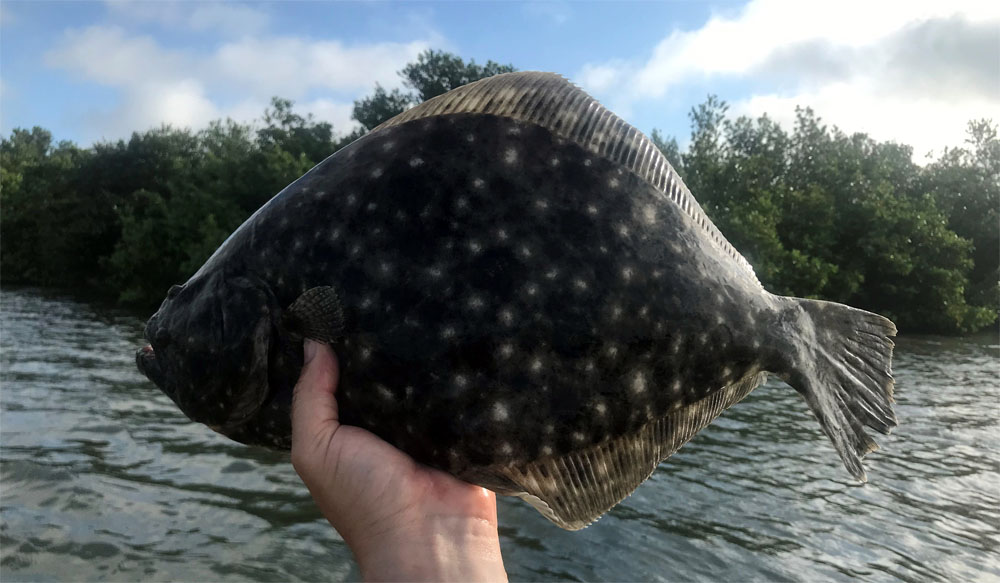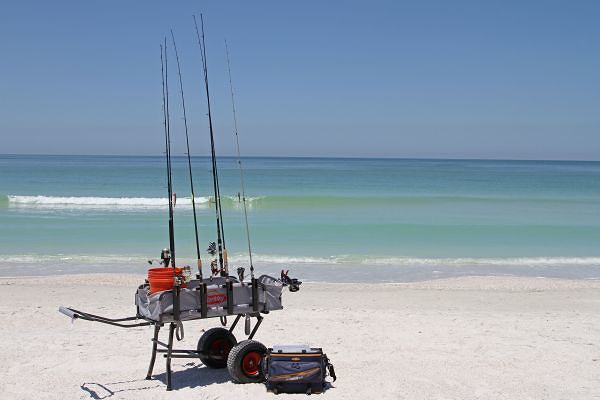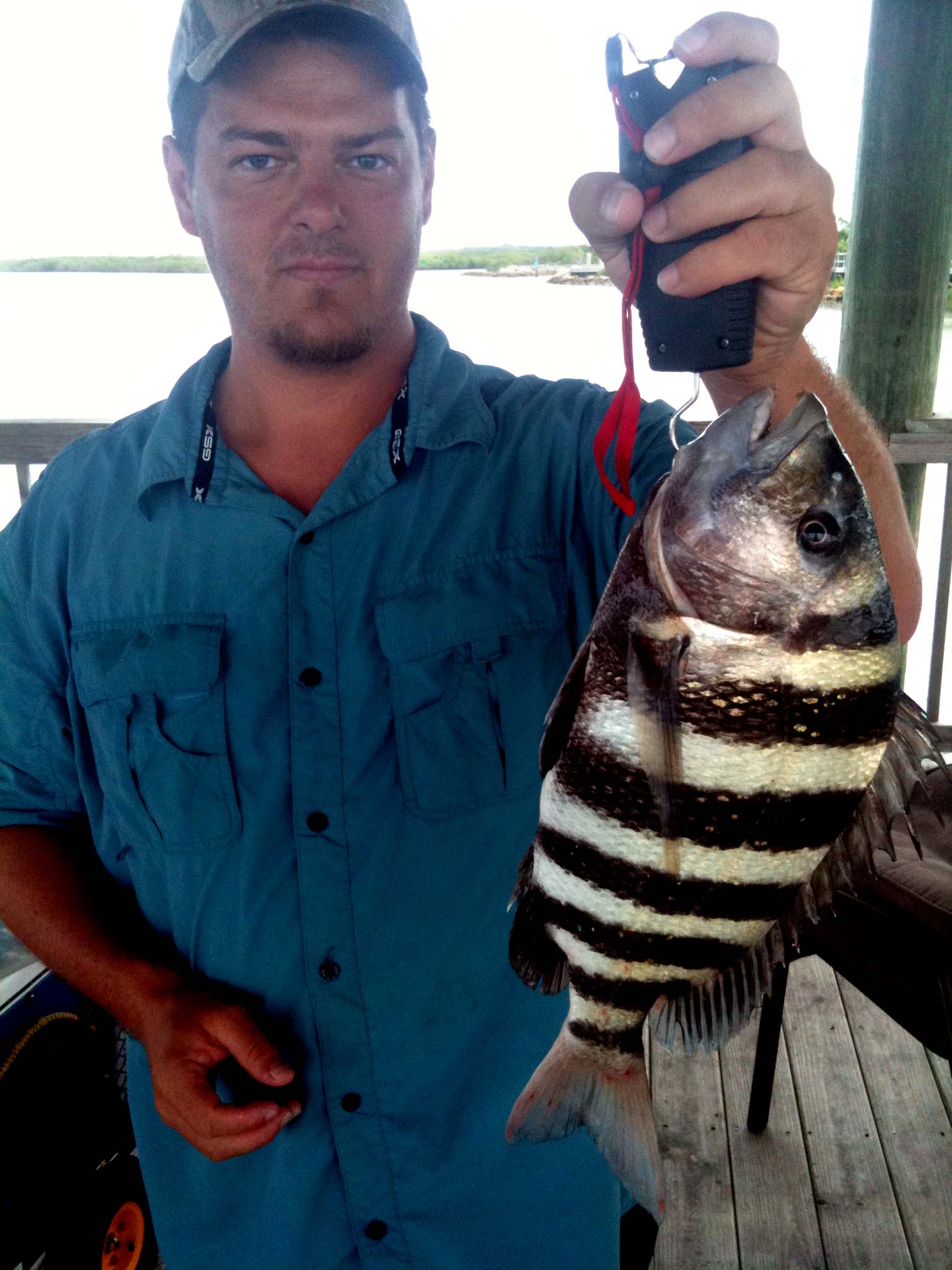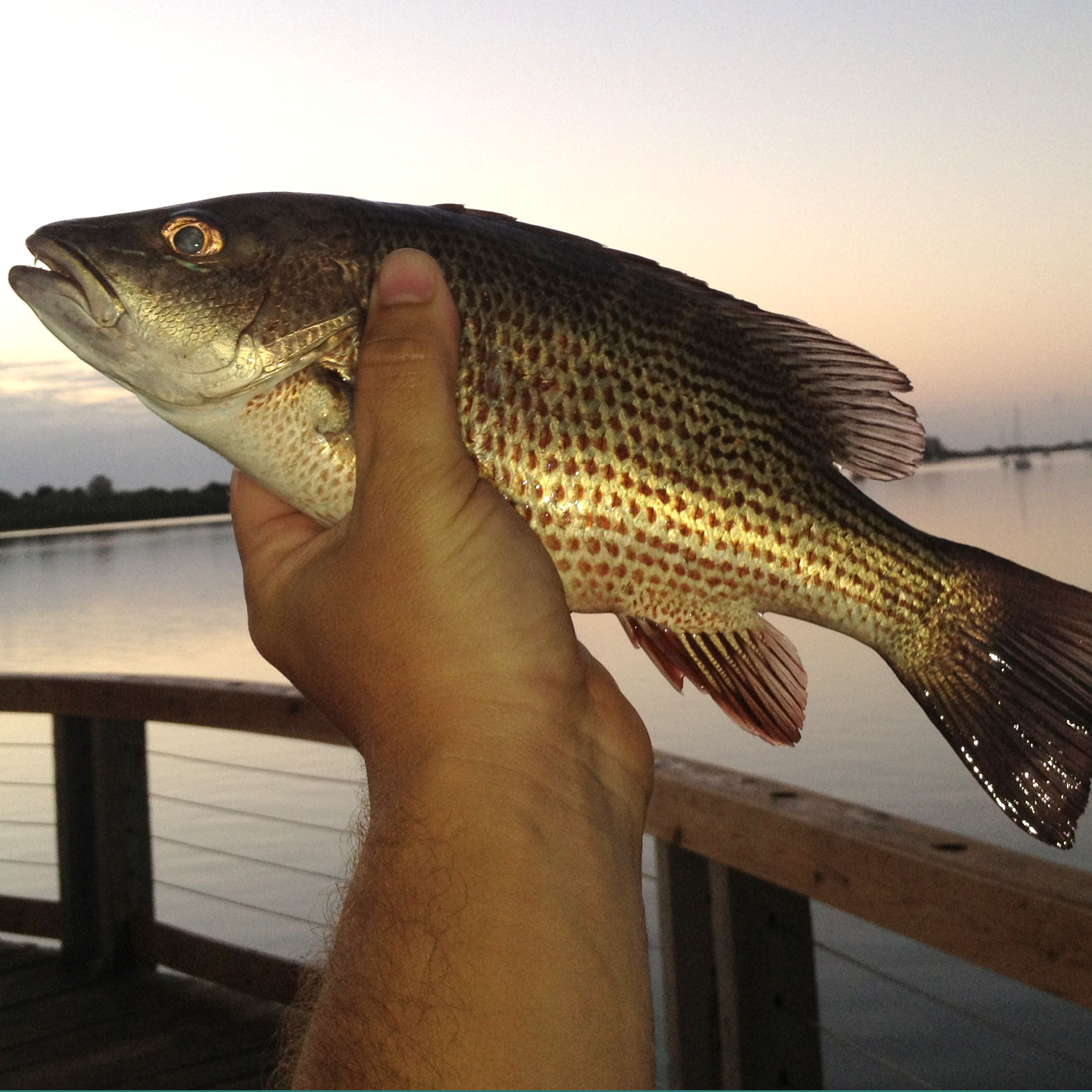A very popular and quite tasty fish to catch from Florida Shores is the Flounder. In Florida there are 2 primary species of Flounder that are caught, the Southern Flounder and the Gulf Flounder. Both species can be caught state wide and the only real difference is that the Southern Flounder gets much larger and that the Gulf Flounder has 3 pronounced spots in a triangle pattern.
Flounder Migrations
Technically there are two Flounder Migrations each year. The migration offshore and then the migration back inshore.
During late fall and early winter adult Flounder migrate offshore to breed. The offshore migration can lead to large numbers of adult fish all moving through the inlets and passes at the same time, this is the migration that most Flounder anglers target.
After they are finished breeding offshore they being to migrate back inshore. The migration inshore normally starts at the end of winter beginning of spring and is much more sporadic than the offshore migration.
Where to Find Migrating Flounder
The best place to find migrating flounder is near inlets and passes. Flounder use these ares to move from inshore creeks and flats to the deeper waters offshore. Flounder tend to be lazy fish and during migration they move using tidal currents. During out going currents they will use the current to help them swim offshore. During incoming currents they will often times be found feeding on the edge of a fast moving current and slower tidal flow.
Migrating Flounder Equipment
The basic gear needed to catch migrating Flounder does not differ very much from catching Flounder any other time of year. Here is what is recommended:
- Saltwater Spinning Reel with 10-15lb test main line.
- An egg sinker heavy enough to get the bait to the bottom, but still be moved by the current slowly, threaded on the main line.
- Swivel (20lb class)
- 8-12" fluorocarbon 12-15lb leader.
- A 2/0 circle hook
Traditional J hooks can be used, but they lead to a much higher rate of gut hooking and fish injuries. When using a circle hook, it is important to note that the hook does not need to be set in a traditional manner. Simply reel the line in until pressure is felt, lift the rod tip and begin to pull in the fish.
How to Catch Migrating Flounder
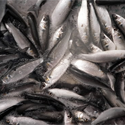 When Flounder are migrating the best time to catch them is during slack tides and the slower ends of an incoming tide. Find an area of shoreline that is close to an inlet or pass that has some sort of current break in the middle of the channel (an island or sand bar are perfect for this).
When Flounder are migrating the best time to catch them is during slack tides and the slower ends of an incoming tide. Find an area of shoreline that is close to an inlet or pass that has some sort of current break in the middle of the channel (an island or sand bar are perfect for this).
Recommended Baits:
- Finger Mullet
- Mud Minnows
- Large Live Shrimp
On either end of an incoming tide cast up current of the sandbar or island and allow the current to bring the bait through the slower moving water up-current of the sandbar/island. Flounder are ambush predators and will sit in these areas waiting for food to come to them. When they hit the bait, often times they will take it into their mouths and not move, the clue that this has happened is that the bait will stop moving with the current.
When the bait stops moving, it is either a flounder or a snag (treat a snag the same way you would a flounder until it is verified that it is a snag, sometimes Flounder can feel just like a sang on the bottom). Slowly reel in the slack, but allow the founder time to get the entire bait in its mouth (about 5-10 seconds). Begin to reel the fish in slowly, once the Flounder feels pressure it will try to get away, that is when it is time to set the hook.
Flounder are not the hardest fighting fish in the ocean so the fight will not be long or suspenseful. A doormat Flounder will put up a decent fight, but is no match for most marine class fishing gear.
If the bait passes the targeted area, reel it in and recast about 5-10 feet away from the first. Repeat this process using a fan casting technique to find where the fish are holding.
Tips
- The offshore migration happens in cooling water and Flounder are lazy to begin with, so fish very slowly
- The more lively the bait, the better the chance of catching a fish
- At Press Time (6/17/2014) minimum size for Flounder is 12"

